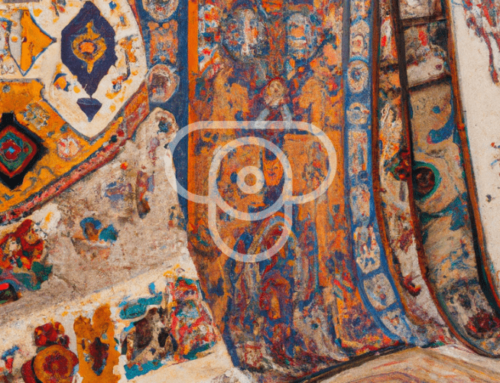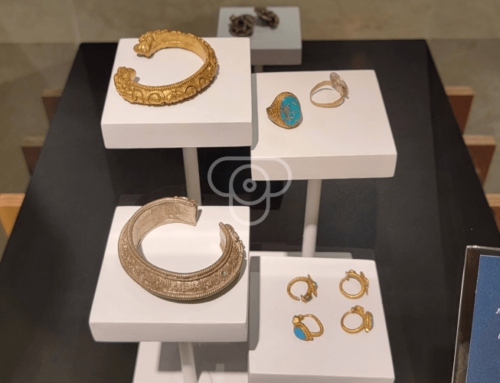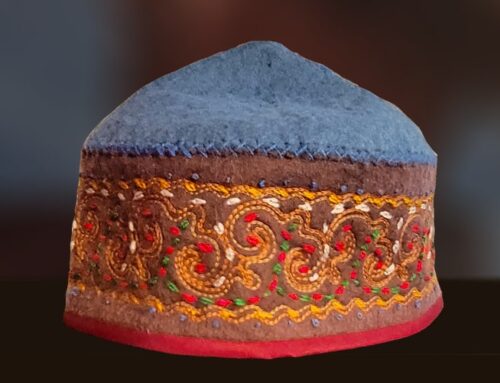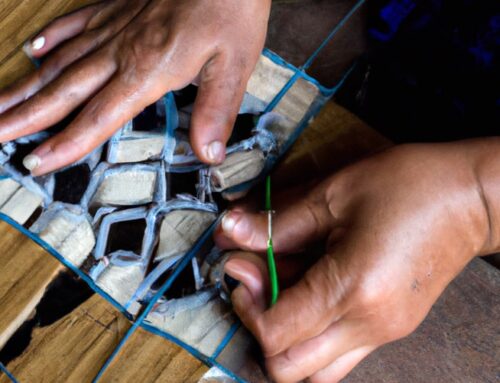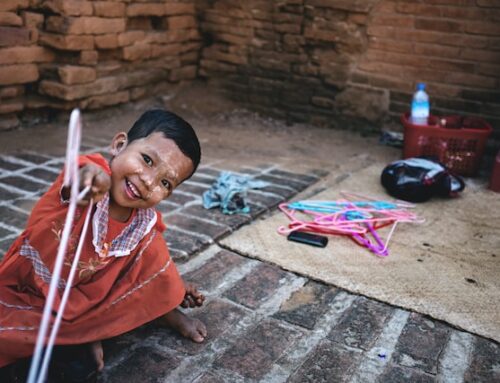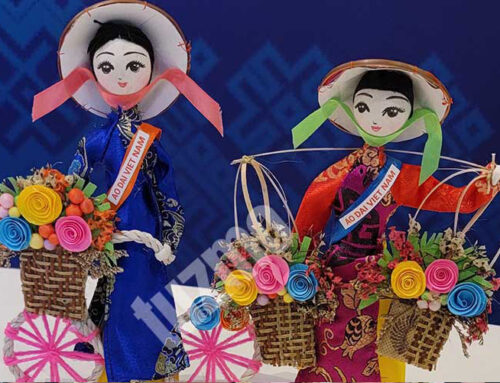Meticulously Crafted Folk Art of Cambodia
The arts and crafts of Cambodia date back to the Khmer culture of 802-1431 AD when the famous Angkor Wat was built. Their artistic style reflects the mythological themes seen on the temple, such as surrealist swirling patterns.
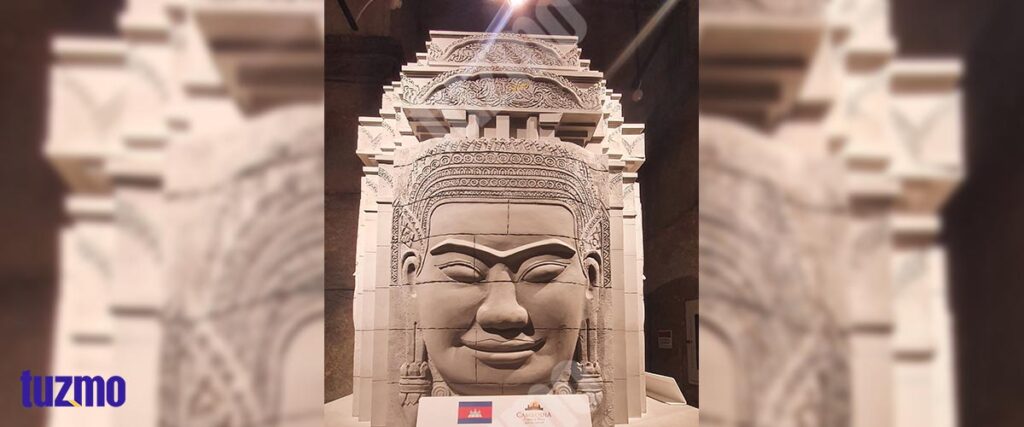
The artisans of Cambodia were originally known for their gems and kramas (scarves) but now have textile and silk weaving, lacquerware, and painting added to their repertoire of popular crafts. Their government and public organizations have promoted the education and training of these crafts to keep the traditions alive and provide meaningful work to their people.
Silk Weaving
Silk weaving originated in China but quickly spread to its nearby neighbor of Cambodia. The silk is produced locally in the cocoons of silkworms and hand-dyed with local pigments. The red dye is from lac insect nests, yellow and green from prohut bark, blue from indigo bark, and black from ebony bark. There are two main types of Cambodian weaving: ikat and uneven till. For the ikat technique, weavers tie dye sections of weft yarn to create a myriad of patterns. The uneven till uses one color to dominate one side of the fabric and then two colors for the other side. The Cambodian weavers, typically women, produce silk cloth, rugs, tapestries, and hats in colorful and unique designs.
Hand-Carvings and Lacquerware
Small hand-carved statues and lacquerware (layered designs on ceramic or wood) are traditional forms of Cambodian art, most popularized in the 12th to 16th centuries and passed down from Indian civilizations. The stone sculptures typically depict Hindu deities such as Shiva, Vishnu, and Brahmans as well as mythical monsters like lions with wings, the serpent naga, and the giant makara. Later in history, Buddha statues were enshrined in many temples and towers across Cambodia.
The artisans of Cambodia dedicate their entire lives to improving their craft, with each carving taking dozens to hundreds of hours to transform a piece of jade or stone into a recognizable shape. The lacquerware depicts traditional Cambodian life on a table or ceramic jar using burnt wood to symbolize the underworld. The layers of red and yellow then represent the earth and heavens, respectively, and come from mercury and arsenic.
Rice Paper Paintings
Rice-Paper paintings and prints capture the emotions and culture of Cambodia with each brush stroke. The artisans of Cambodia create these prints by rubbing charcoal on rice paper. The rice-paper prints are lightweight, decorative, and look stunning when framed.
The ancient Khmer style of Cambodia’s arts and crafts can be seen across their paintings, carvings, and silk weaving cloths. Inspired by indigenous animistic beliefs and religions of Buddhism and Hinduism, Cambodian art has a unique blend of various different influences. With the government funding the education of these trades, the artisans of Cambodian will continue to uphold their traditions.

